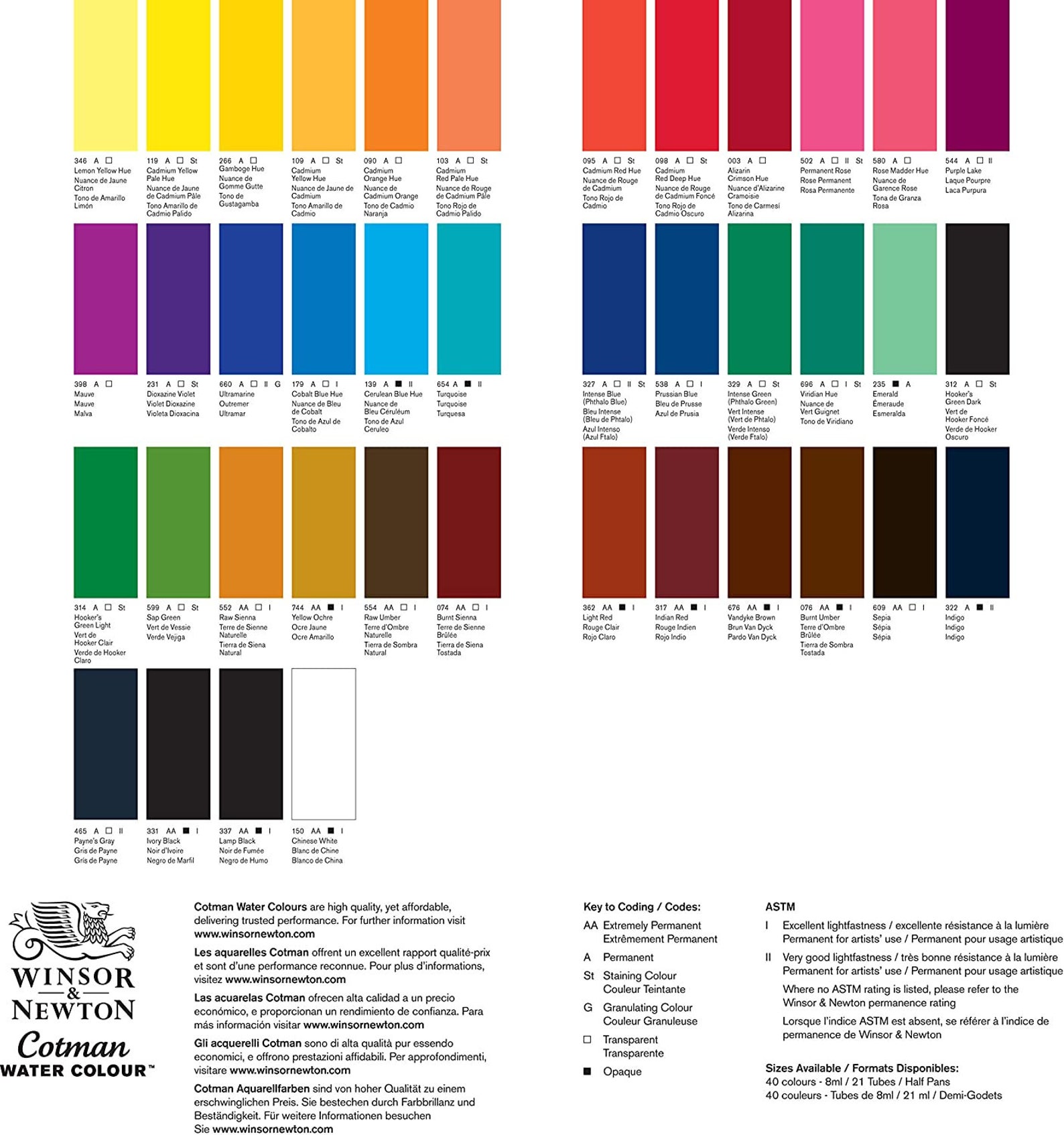

- Winsor and newton paints code#
- Winsor and newton paints professional#
- Winsor and newton paints series#
- Winsor and newton paints free#

William Winsor and Henry Newton's commitment to quality and innovation are part of a rich heritage that informs Winsor & Newton to this day. In its color factories, Winsor & Newton has lowered environmental impact by installing technology that treats water effluent in closed-loop systems and reuses it throughout the plant, including cleaning machinery.
Winsor and newton paints free#
A rainwater collection system at the company’s brush making plant in the UK provides a free alternative source of water for the production process and cuts freshwater consumption. Sustainability - Rather than simply using water and releasing it into drains, Winsor & Newton processes water and reuses it. Likewise, Artisan Varnish Remover safely removes Artisan varnishes from paintings for cleaning and revarnishing.
Winsor and newton paints professional#
Yet, recognizing the role cadmium plays in its professional ranges, the company exercises the utmost care and attention in the manufacture of these products and has launched programs to develop cadmium alternatives.Īlternatives to Traditional Solvents - Winsor & Newton’s Artisan Water Mixable Oil Colors do not use traditional solvents, so artists can clean up and wash brushes with water. Winsor & Newton has removed cadmium colors from its value ranges, thus reducing the heavy metals that could potentially be released into the environment. One area where Winsor & Newton is working especially hard is cadmium, a heavy metal that, when added to artists’ paint, creates an intrinsic quality that many artists value yet is difficult to replicate artificially. A few examples of this include:Ĭadmium Care - A major priority and key challenge for all paint manufacturers is reducing hazardous chemical use. Winsor & Newton is dedicated to making sure that its materials, its manufacturing processes, and its communication with artists minimizes the company's ecological impact.
Winsor and newton paints code#
Known for his commitment to ecological issues, the Prince of Wales has additional criteria, asking that companies meet a code of good environmental practice if they are to supply his household. Today Winsor & Newton remains by Appointment to HRH the Prince of Wales, and may display his coat of arms. Winsor & Newton was granted its first Royal Warrant by Queen Victoria in 1841, and has received the endorsement ever since.

Throughout, William and Henry’s original ethos remained at the heart of the business - whenever there was a new, exciting, or better pigment or binder available, Winsor & Newton incorporated it, introducing Designers Gouache, Griffin Alkyd fast-drying oils, Artisan water-mixable oils, and the revolutionary Professional Acrylic with a translucent binderWinsor Newton continues to be innovative to this day, most recently introducing watercolor markers, watercolor sticks, and pigment markers. And in the early 20th century the company expanded its range to offer key value ranges, and expanded its factories to ensure that paint and brush production continued during both World Wars.

Winsor and newton paints series#
First they developed vastly improved watercolors, followed by a number of other innovations including Chinese White - the first durable opaque white watercolor - and collapsible tin tubes for both oils and watercolors.Ī series of royal appointments and awards in the late 1800s paved the way for Winsor & Newton to introduce its colors around the world. Winsor & Newton pinpointed what was really needed - a regular source of reliable colors and brushes. In 1832, chemist William Winsor and artist Henry Newton brought together the knowledge of the scientist and the creativity of the artist to offer an unprecedented choice of color, clarity, and permanence to fine artists.


 0 kommentar(er)
0 kommentar(er)
